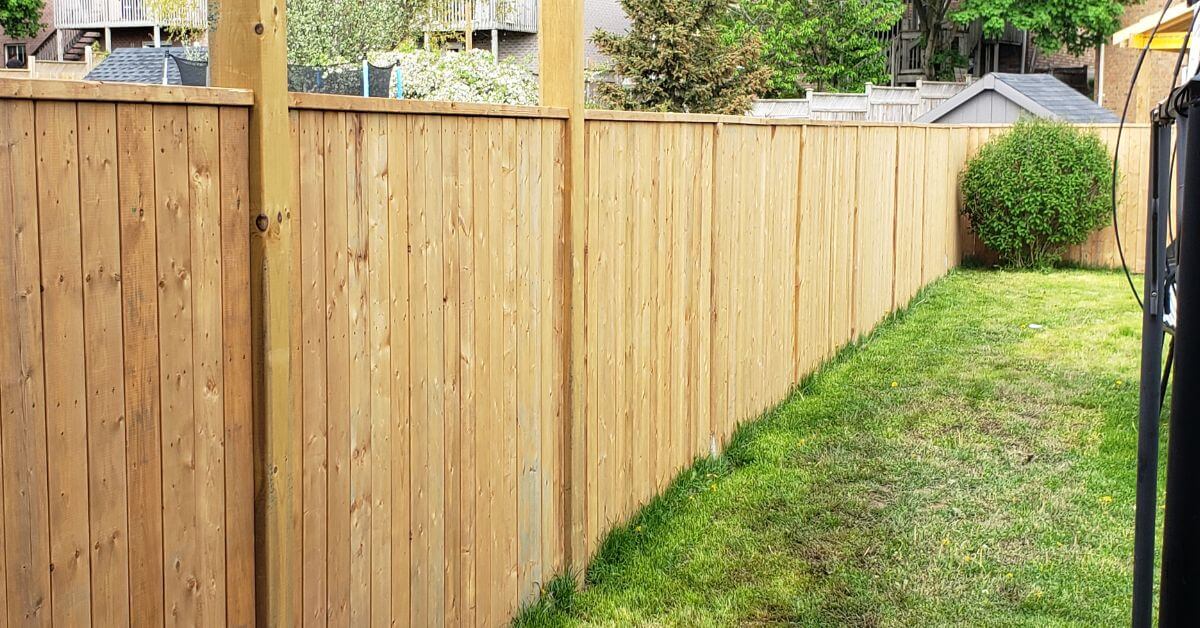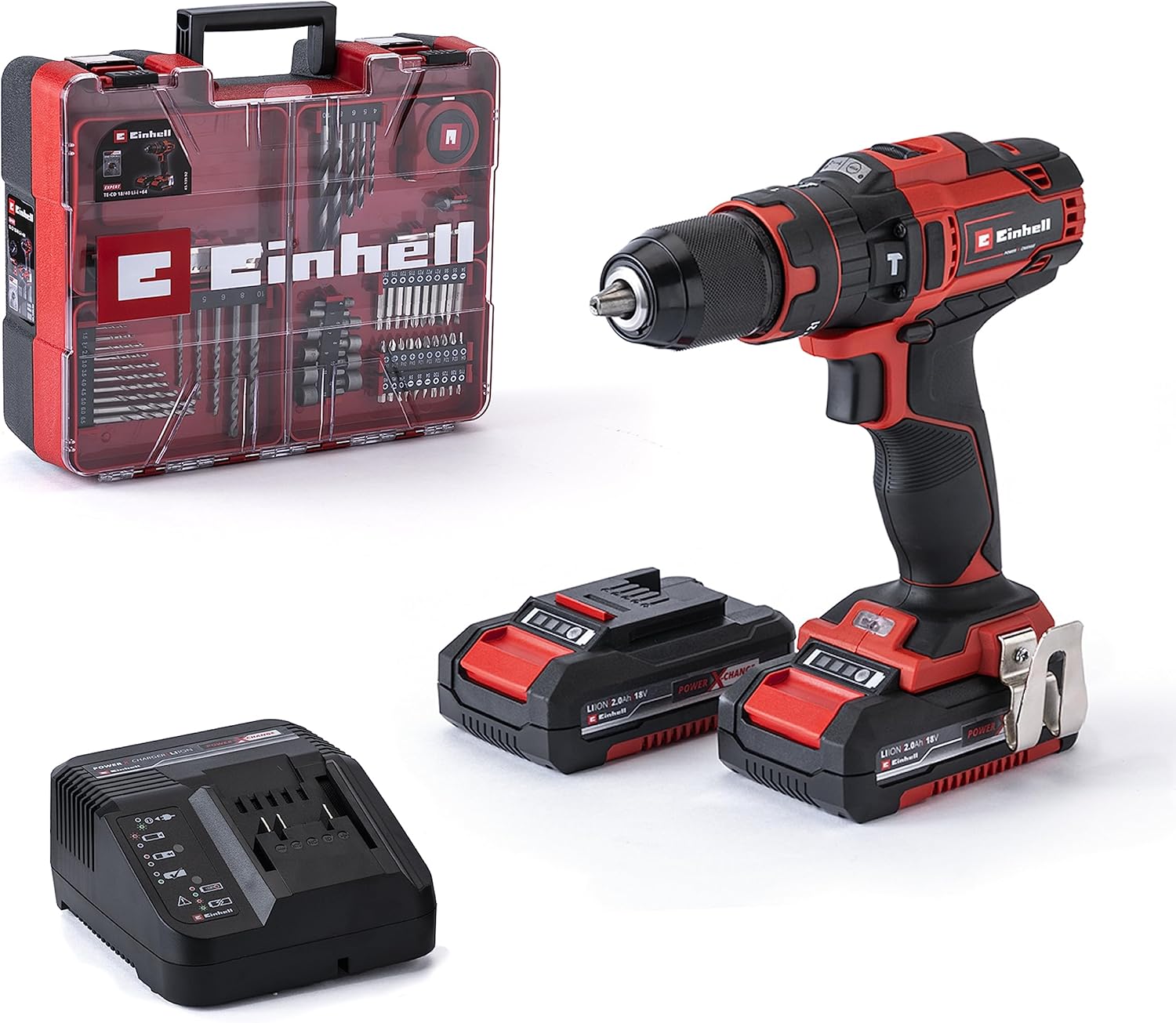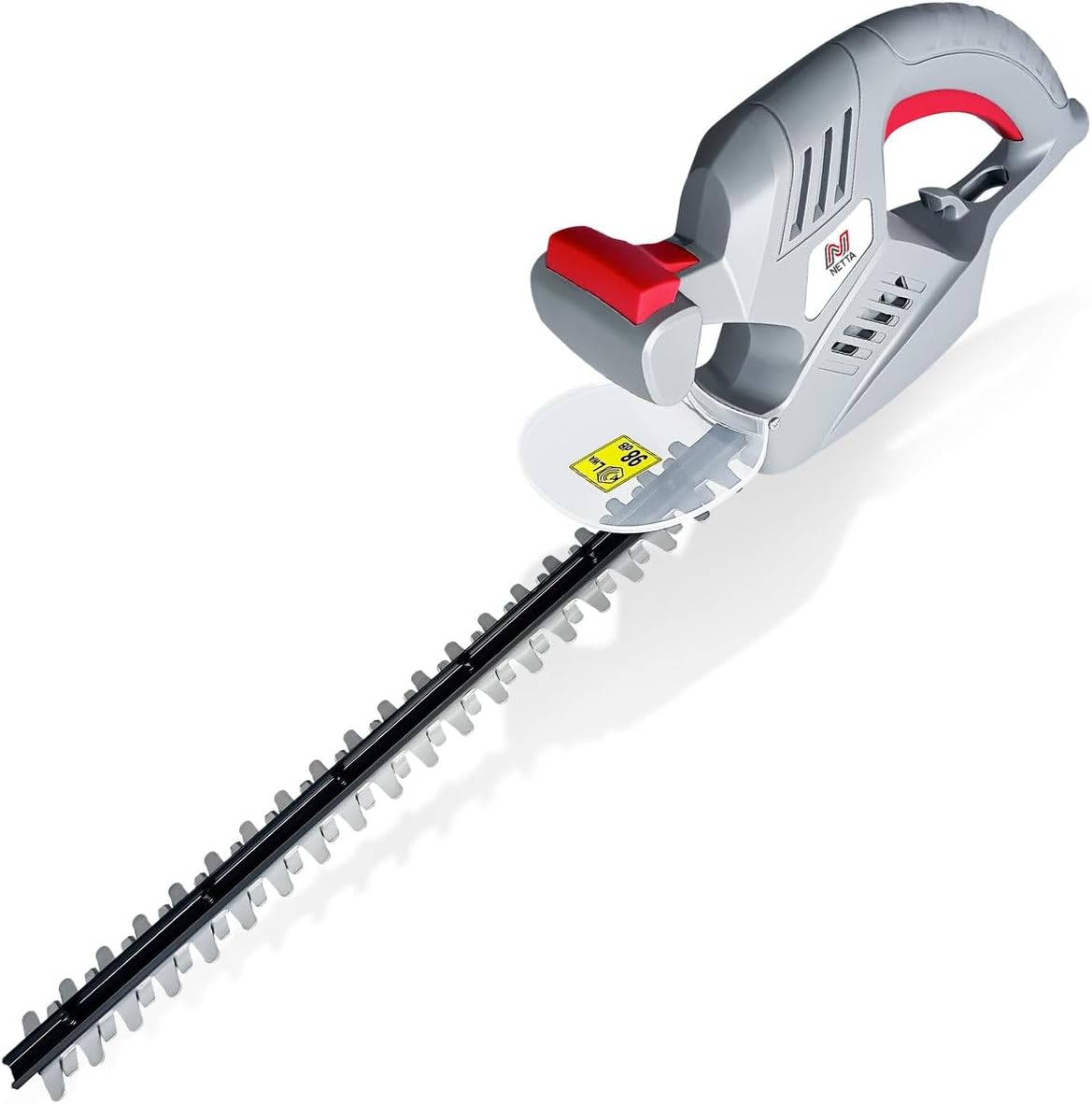
If you’re considering adding a new fence to your UK property, it’s important to know how much it will cost. Luckily, figuring out the cost is now easier than ever with the help of a fencing calculator specifically designed for the UK.
This handy tool takes into account various factors such as the length of the fence, the type of materials you prefer, and any additional features you may want. By using this calculator, you can get an estimate of the cost involved in installing a new fence, helping you make an informed decision and stay within your budget.
Types of Fencing | Cost of Fencing
Wooden Fencing
Wooden fencing is a popular choice for many homeowners due to its versatility and natural aesthetic. It can be customized to fit any style or design preference, making it a great option for both traditional and contemporary homes. However, wooden fencing requires regular maintenance, such as sealing and staining, to protect it from weather damage and extend its lifespan.
Metal Fencing
Metal fencing, often made of aluminum or steel, offers durability and strength. It is an excellent choice for those seeking a secure and long-lasting fence. Metal fences come in various styles, including ornamental designs and chain-link fences. They require minimal maintenance compared to wooden fences and can withstand harsh weather conditions.
Chain Link Fencing
Chain link fencing is a budget-friendly option that provides security and functionality. Commonly seen around commercial properties, sports fields, and playgrounds, chain link fences are known for their durability and low maintenance requirements. While they may not offer the same level of privacy as other types of fencing, they are an excellent choice for those looking for a cost-effective solution.
Vinyl Fencing
Vinyl fencing is an increasingly popular choice due to its durability, low maintenance, and versatility. It is available in various styles and colors, allowing homeowners to find the perfect fencing option to complement their home’s exterior. Vinyl fences are resistant to rot, fading, and pests, making them a long-lasting and hassle-free choice.
Factors Affecting Cost
Size of Area
The size of the area that needs to be fenced is one of the primary factors that affect the overall cost. Larger areas will require more materials and more labor, which will increase the total cost of the project.
Type of Material
The type of material chosen for the fence will significantly impact the cost. Each type of fencing material comes with its own price range, with some being more expensive than others. Considering your budget and desired aesthetic is essential in selecting the right material for your fence.
Height of Fence
The height of the fence will influence the cost due to the amount of material required and the complexity of installation. Taller fences will generally cost more than shorter ones.
Ground Conditions
The condition of the ground where the fence will be installed can affect the cost. If the ground is rocky or uneven, additional labor and equipment may be necessary, which can increase the overall cost of installation.
Access to Site
The accessibility of the site where the fence will be installed can affect the cost. If the site is difficult to reach or requires special equipment for installation, it may result in higher labor costs.
Additional Features
The inclusion of additional features, such as gates, decorative elements, or custom designs, can increase the cost of the project. These features often require extra materials and labor.
Calculating the Cost

Determine the Perimeter
To calculate the cost of fencing, it is essential to determine the perimeter of the area to be fenced. This can be done by measuring the length of each side and summing them up. This will give you the total length of fencing needed.
Calculate the Linear Feet
Once the perimeter is determined, calculating the linear feet is the next step. Linear feet is the total length of fencing needed in feet. It is calculated by multiplying the total perimeter by the height of the fence.
Estimate Material Costs
After determining the linear feet, you can estimate the material costs. Each type of fencing material has a different cost per linear foot, which can vary based on factors such as quality and design.
Include Labor Costs
In addition to material costs, you must also consider labor costs. These costs depend on factors such as the complexity of the installation, the size of the area to be fenced, and the type of material chosen.
Consider Additional Expenses
It is important to consider any additional expenses that may arise during the installation process. These can include the cost of fence posts and hardware, gates and accessories, site preparation, permits and permissions, and the removal of an existing fence.
Average Cost of Materials
Wooden Fencing: £20-£75 per linear foot
The cost of wooden fencing varies depending on the type of wood used. Softwood options such as pine or cedar tend to be more affordable, while hardwoods like oak or teak can be more expensive.
Metal Fencing: £30-£100 per linear foot
Metal fencing can range in price depending on the type of metal used, the design complexity, and the level of customization required. Aluminum fences are generally less expensive, while steel fences tend to be on the higher end of the price range.
Chain Link Fencing: £5-£15 per linear foot
Chain link fencing is one of the most budget-friendly options. The cost varies depending on factors such as fence height, gauge thickness, and coating type.
Vinyl Fencing: £20-£60 per linear foot
Vinyl fencing is available in various styles and qualities, which influences the cost. Higher-quality vinyl fences tend to have a higher price tag but offer increased durability and aesthetic appeal.
Average Cost of Installation
Wooden Fencing: £6-£10 per linear foot
The installation cost for wooden fencing can vary depending on factors such as the complexity of the design, the terrain, and the size of the area to be fenced.
Metal Fencing: £10-£20 per linear foot
The cost of installing metal fencing is influenced by factors such as the type of metal, the height of the fence, and the accessibility of the site.
Chain Link Fencing: £5-£10 per linear foot
The installation cost for chain link fencing is relatively low due to its simplicity and ease of installation. Factors such as fence height and terrain may impact the overall cost.
Vinyl Fencing: £8-£15 per linear foot
Vinyl fencing installation costs can vary depending on factors such as the type of vinyl used, the height of the fence, and the complexity of the design.
Additional Expenses to Consider
Fence Posts and Hardware
The cost of fence posts and hardware, such as brackets and fasteners, should be factored into the overall cost. These components are essential for the stability and functionality of the fence.
Gates and Accessories
If you plan to include gates in your fence, you will need to consider the cost of gate materials, hinges, latches, and any additional accessories you may want, such as decorative elements or automatic openers.
Site Preparation
Preparing the site for fence installation may involve tasks such as clearing vegetation, leveling the ground, or removing existing structures. The cost of these preparations should be taken into account.
Permits and Permissions
Depending on your location, you may need to obtain permits or permissions before installing a fence. These often come with associated costs, so it is essential to research and budget accordingly.
Removal of Existing Fence
If there is an existing fence that needs to be removed before installing a new one, the cost of its removal should be considered as an additional expense.
Getting Quotes from Contractors
Research Local Contractors
Start by researching local contractors who specialize in fence installation. Look for reputable companies with positive customer reviews and a track record of quality work.
Provide Project Details
When requesting quotes, provide the contractors with detailed information about your project. This should include the type of fence you want, the dimensions of the area to be fenced, any specific features or requirements, and your budget.
Compare Quotes
Consider obtaining quotes from multiple contractors to compare prices and services offered. Be sure to inquire about any additional fees or charges that may apply.
Consider Reputation and Experience
While price is an important factor, it is also crucial to consider the reputation and experience of each contractor. Look for contractors who have been in business for a significant amount of time and have a portfolio of completed projects.
Ask for References
Request references from previous customers and follow up by contacting them to inquire about their experience with the contractor. This will give you a better understanding of the contractor’s quality of work and customer service.
DIY vs. Professional Installation
Benefits of DIY Installation
DIY installation can potentially save you money on labor costs. It allows you to have complete control over the project and the satisfaction of completing it yourself. Additionally, if you have experience in construction or DIY projects, you may have the necessary skills to perform the installation.
Considerations for DIY Installation
DIY installation requires significant time, effort, and physical labor. It is essential to have the necessary tools and equipment for the job. Moreover, be aware that any mistakes made during the installation process could lead to a less durable or less aesthetically pleasing final result.
Benefits of Professional Installation
Professional installation provides peace of mind knowing that experienced contractors will handle the project. They have the necessary tools, skills, and knowledge to ensure a high-quality installation. Hiring professionals can also save you time and effort, as they will take care of all the details.
Considerations for Professional Installation
Professional installation comes with a cost, as you will need to hire and pay for the services of the contractor. It is crucial to research and choose a reputable and reliable contractor to ensure the best results. Remember to factor in the installation costs when budgeting for your fencing project.
Maintenance and Long-Term Costs
Regular Cleaning and Maintenance
All types of fencing require regular cleaning and maintenance to keep them in good condition. This can involve tasks such as washing, painting, staining, or applying protective treatments. Regular maintenance is essential for preventing damage and prolonging the life of your fence.
Repair and Replacement Costs
Over time, fences may require repairs due to weather damage, wear and tear, or accidental damage. Repair costs can include replacing broken parts, fixing panels, or addressing structural issues. In some cases, complete replacement may be necessary, which can be a significant expense.
Life Expectancy of Different Materials
The life expectancy of different fencing materials varies. Wood fences, for example, can last between 10 to 30 years, depending on maintenance and the type of wood used. Metal fences, such as aluminum or steel, can last 30 years or more. Vinyl fences are known for their durability and can have a lifespan of 20 years or longer.
Considerations for Choosing the Right Fencing Option
Purpose of the Fence
Consider the primary purpose of your fence. Are you looking for privacy, security, or simply enhancing the aesthetics of your property? Understanding your specific needs will help you make an informed decision on the most suitable type of fencing.
Aesthetic Appeal
The appearance of the fence should complement the style of your home and the surrounding landscape. Different materials and styles offer various levels of aesthetic appeal, so take the time to choose a fencing option that harmonizes with your property’s overall look.
Privacy and Security
If privacy and security are essential factors, consider materials and designs that offer these features. Solid wood or vinyl fences with minimal gaps or ornamental metal fences with added security features can provide the desired level of privacy and security.
Maintenance Requirements
Different fencing materials have different maintenance requirements. Consider how much time and effort you are willing to invest in maintaining your fence in good condition over the years. If low maintenance is a priority, vinyl or metal fencing may be the better choice.
Local Regulations and Restrictions
Before finalizing your fencing decision, be sure to check local regulations and restrictions regarding fence installation. Some neighborhoods or local authorities may have specific requirements or limitations on the type, height, or style of fencing allowed.
By considering these various factors, you can make an informed decision regarding the type of fence that best suits your needs, budget, and preferences. Remember to research and gather multiple quotes, compare costs, and carefully evaluate the reputation and experience of potential contractors. With proper planning and consideration, you can find a fencing option that enhances the security, privacy, and aesthetic appeal of your property.













